The purple coral fungus, also known as the purple fairy club, is an attractive and fun find in the forest. Purple coral club (Alloclavaria purpurea) features slender spindly lavender “fingers” that rise up out of the mossy ground like a gathering of troops. It is edible but not commonly foraged due to its small size and indistinct flavor. Another common name for this fungus is purple spindles.
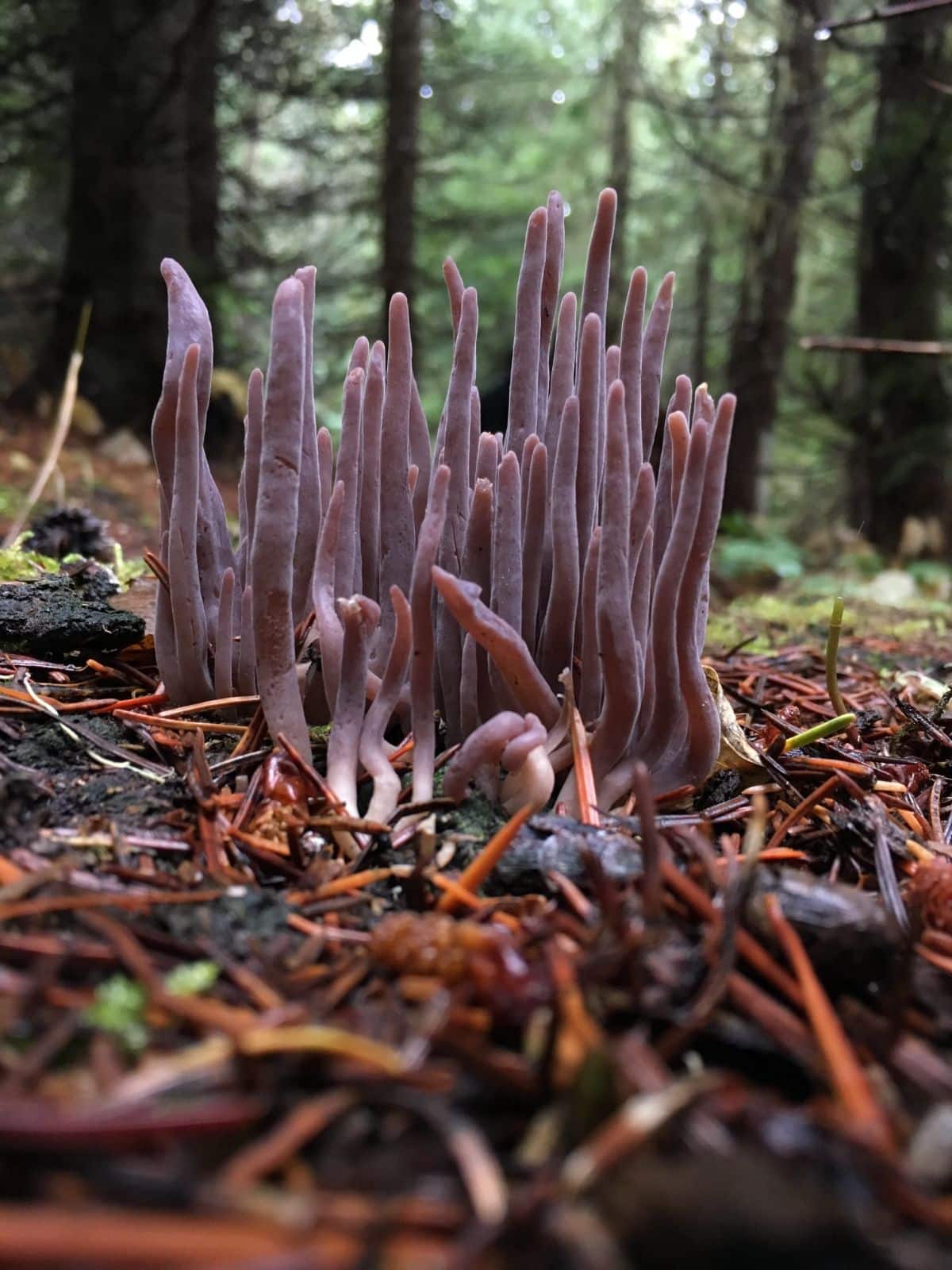
Jump to:
All About Purple Coral Club Fungi
The purple coral club is primarily a western North American species, where it appears in mixed spruce and fir forests. It also seems to grow in the northeast, but reports of it are uncommon.
The scientific name Alloclavaria means “the other Clavaria,” which is a closely related species that A. purpurea used to be placed in. Alloclavaria purpurea is the only species in this genus, for now.
Purple coral clubs were long held to be saprobic, breaking down dead, dying organic material and living off the nutrients. More recent studies, though, suggest it might be mycorrhizal with moss species. Other experts propose it may be mycorrhizal with spruces or firs. More investigation needs to be done to understand the growth habit of this little fungus.
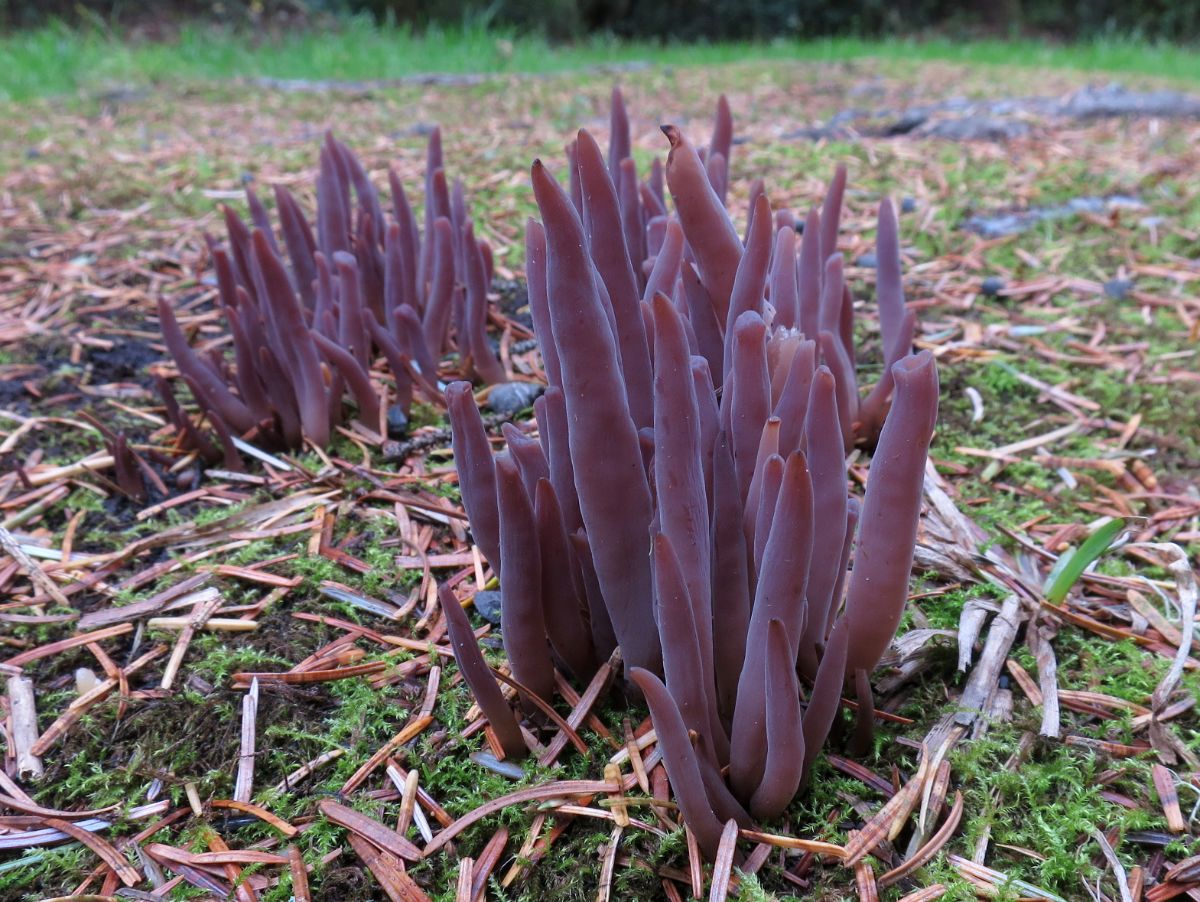
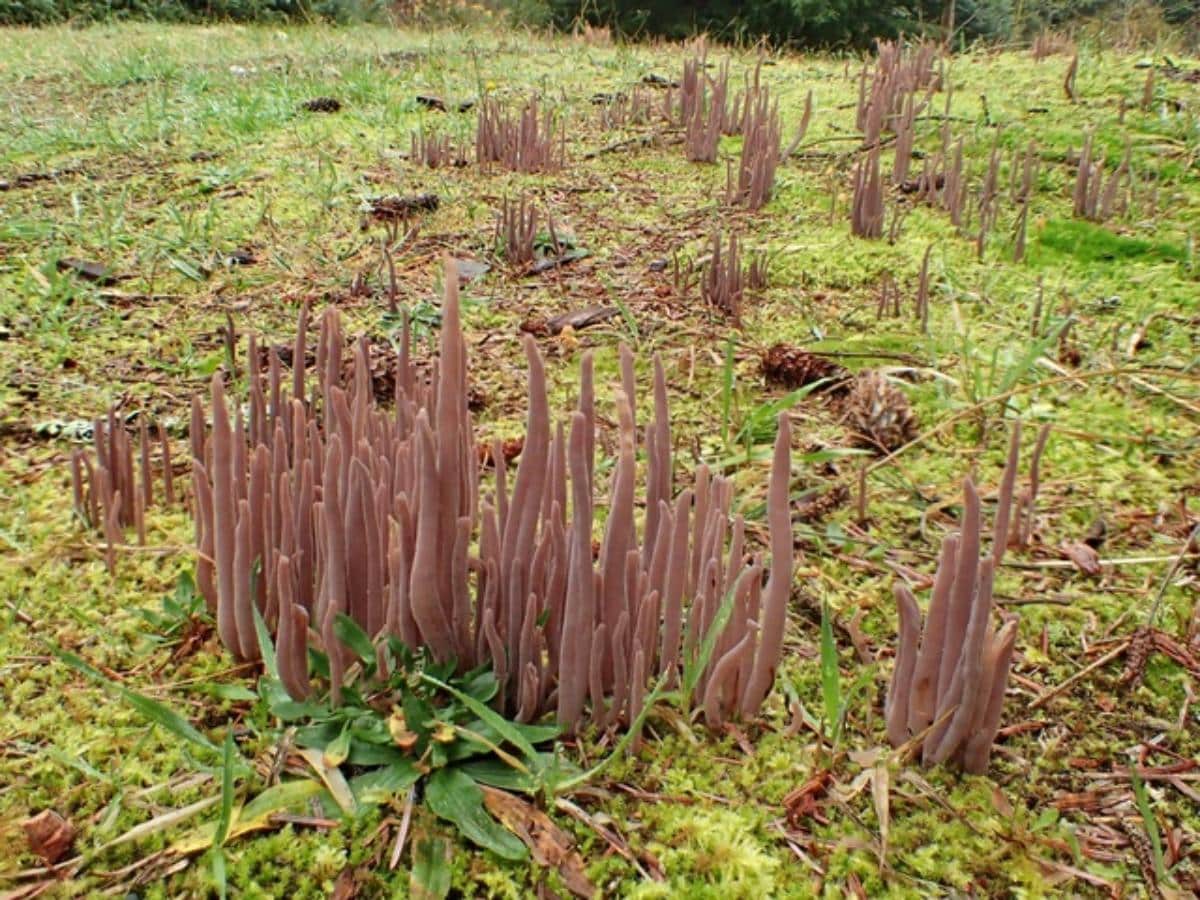
Purple Coral Club Fungus Identification
Season
Summer and fall primarily, but also in winter in warm climates
Habitat
The purple coral likes mossy forest floors, specifically in spruce-fir forests. It can also be found in sandy soil and forested dunes. It can grow singularly but more commonly is ground in dense clusters. There may be dozens of clusters scattered over the ground in one area.
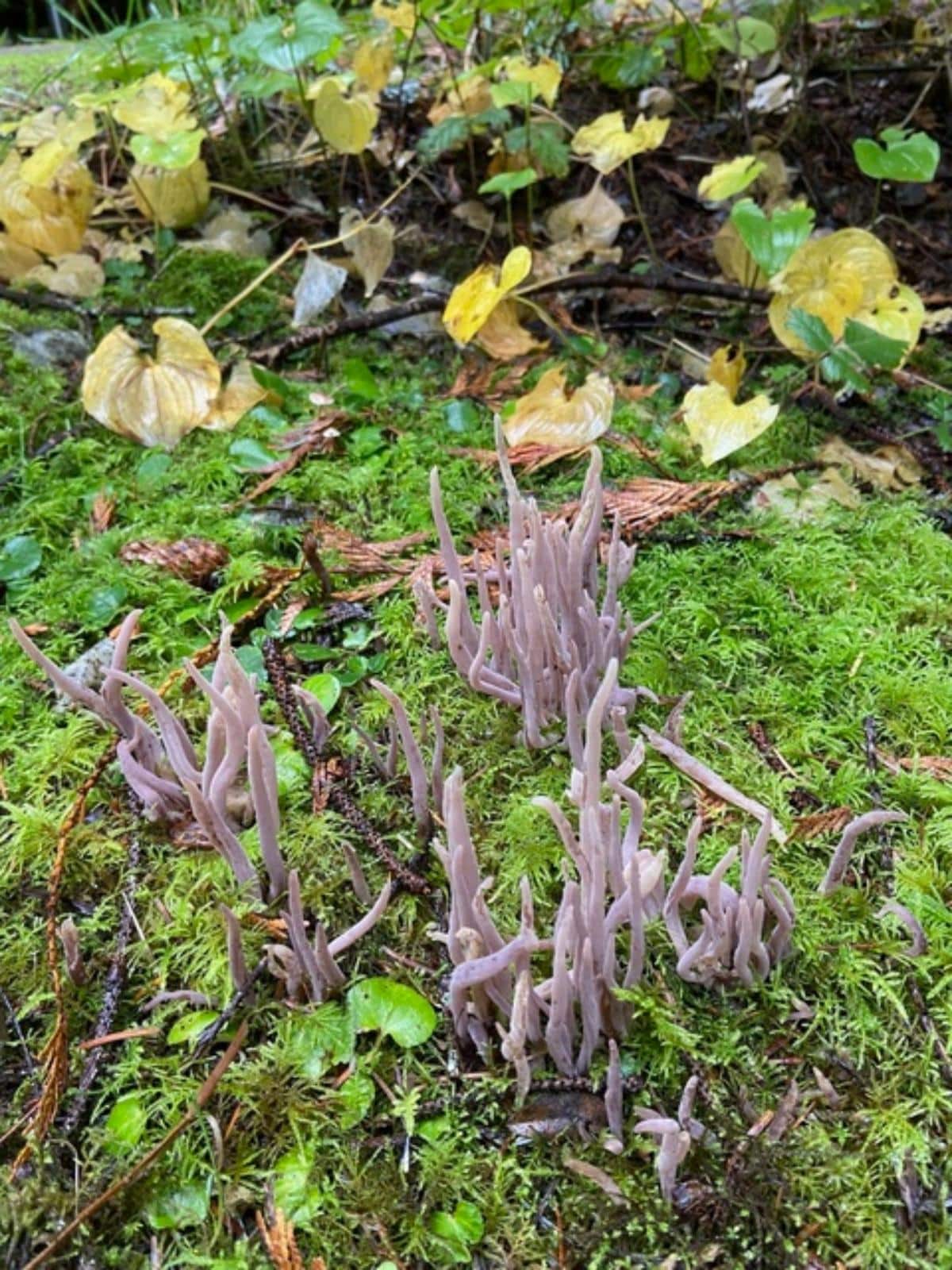
Identification
The densely packed spindly growth of this club fungus, along with its lavender coloring, set it apart from other club and coral fungi species. Each spindle body is upright, tube-like, and usually, a bit flattened. They regularly have a little twist in their growth, so they aren’t perfectly straight. The body may also feature a vertical groove. Spindle tops are blunt or very slightly pointed.
Coral club fungi start out lavender-purple, then turns a dull lavender-gray. As they mature, they become a darker purplish brown. At the very base of the growth, the coloring is lighter. Each skinny finger-like fruiting body averages 1- 4.75 inches tall and is less than ¼ inch wide.
The flesh of this mushroom is thin, whitish to purplish, and extremely fragile. It does not have a distinctive scent.
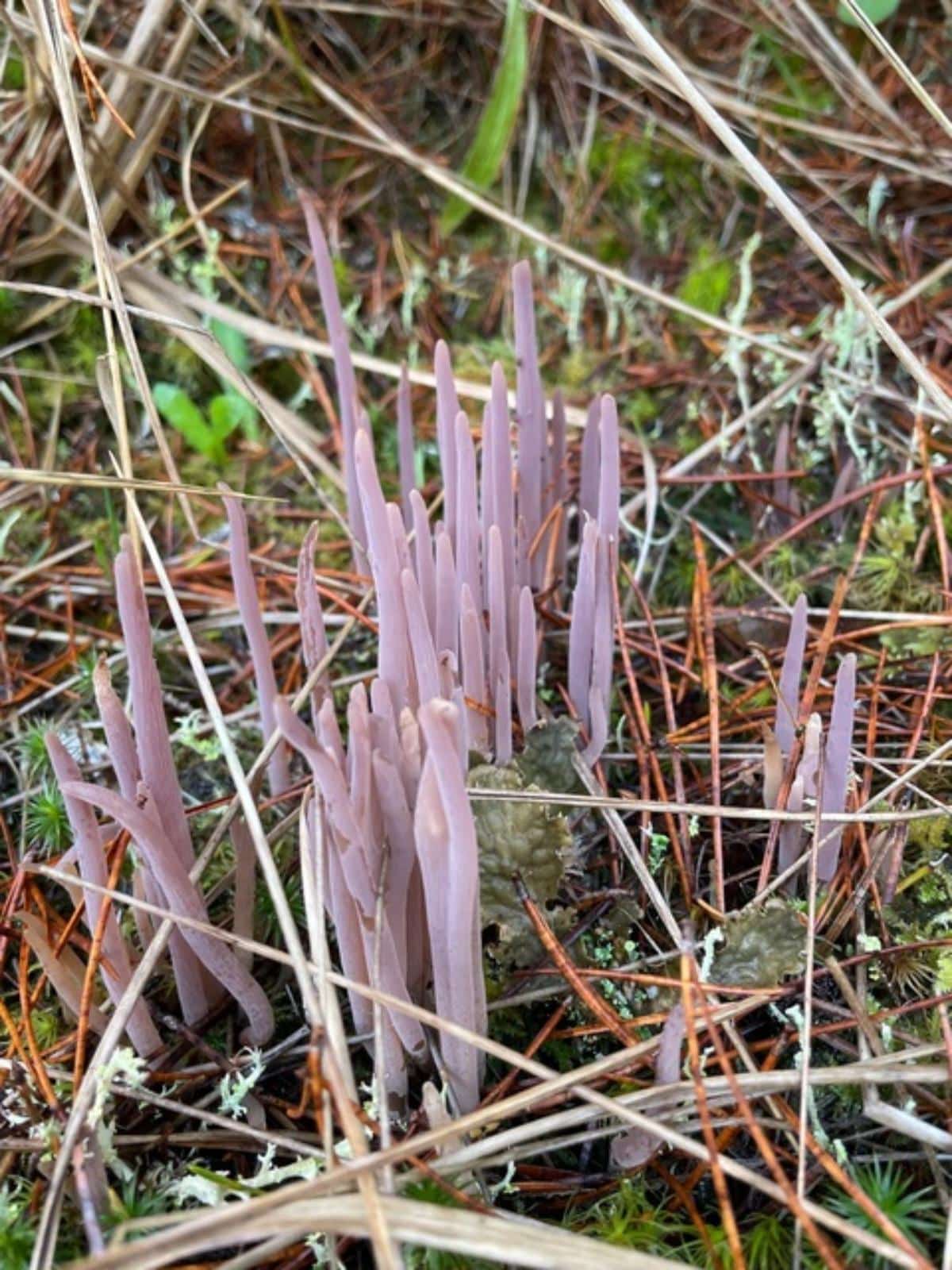
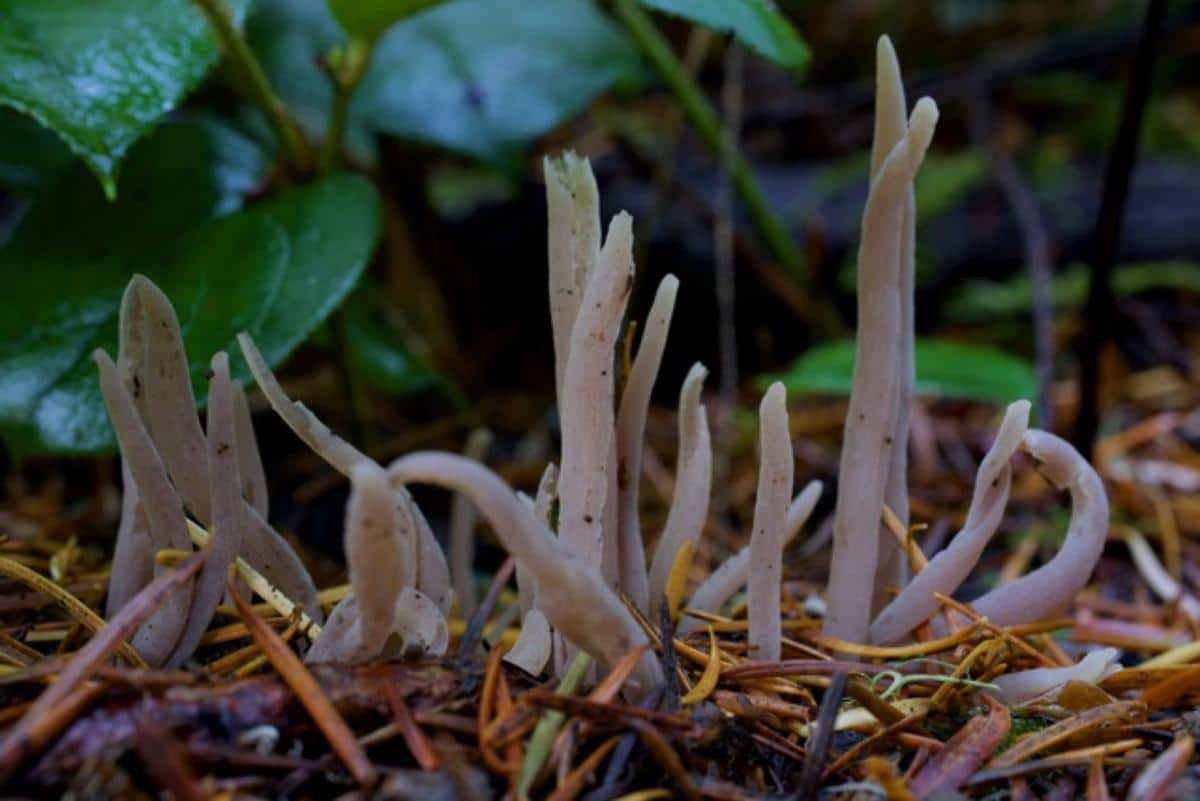
Foraging Purple Club Coral
Due to their brittle nature, you must have a separate foraging bag or container for this species. They break extremely easily and will become a smooshed mess in a basket with other mushrooms.
Pick specimens that are intact and healthy looking. Pinch the spindles off at the base and handle them carefully!
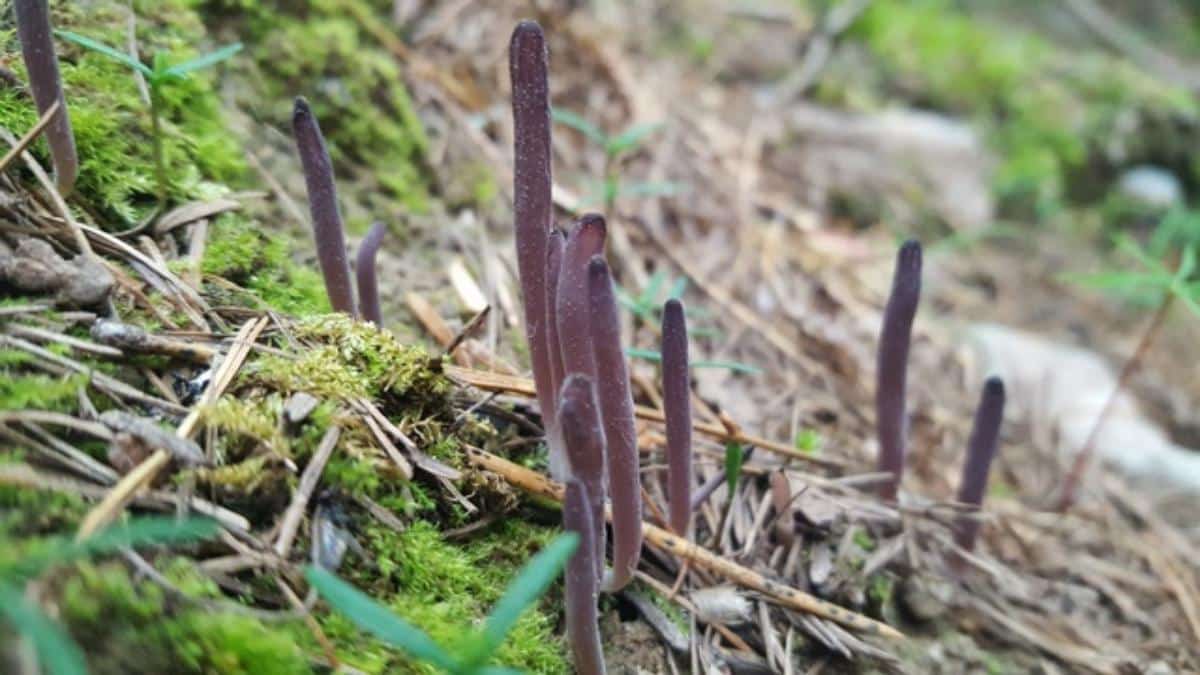
Purple Club Coral Lookalikes
A couple of coral and club species look somewhat similar to the purple club coral. They are easy to differentiate, though, with a little investigation.
Violet Coral (Clavaria zollingeri)
This coral species is purple, often brightly so, and widespread. In coloring and basic appearance, it resembles the purple club. However, the violet coral has branched tips that give it a distinctly coral-like appearance. Even the spindle tips are branched, usually into two stubby points. The violet coral looks like antlers or sea coral, very different from the purple club coral’s unbranched spindles.
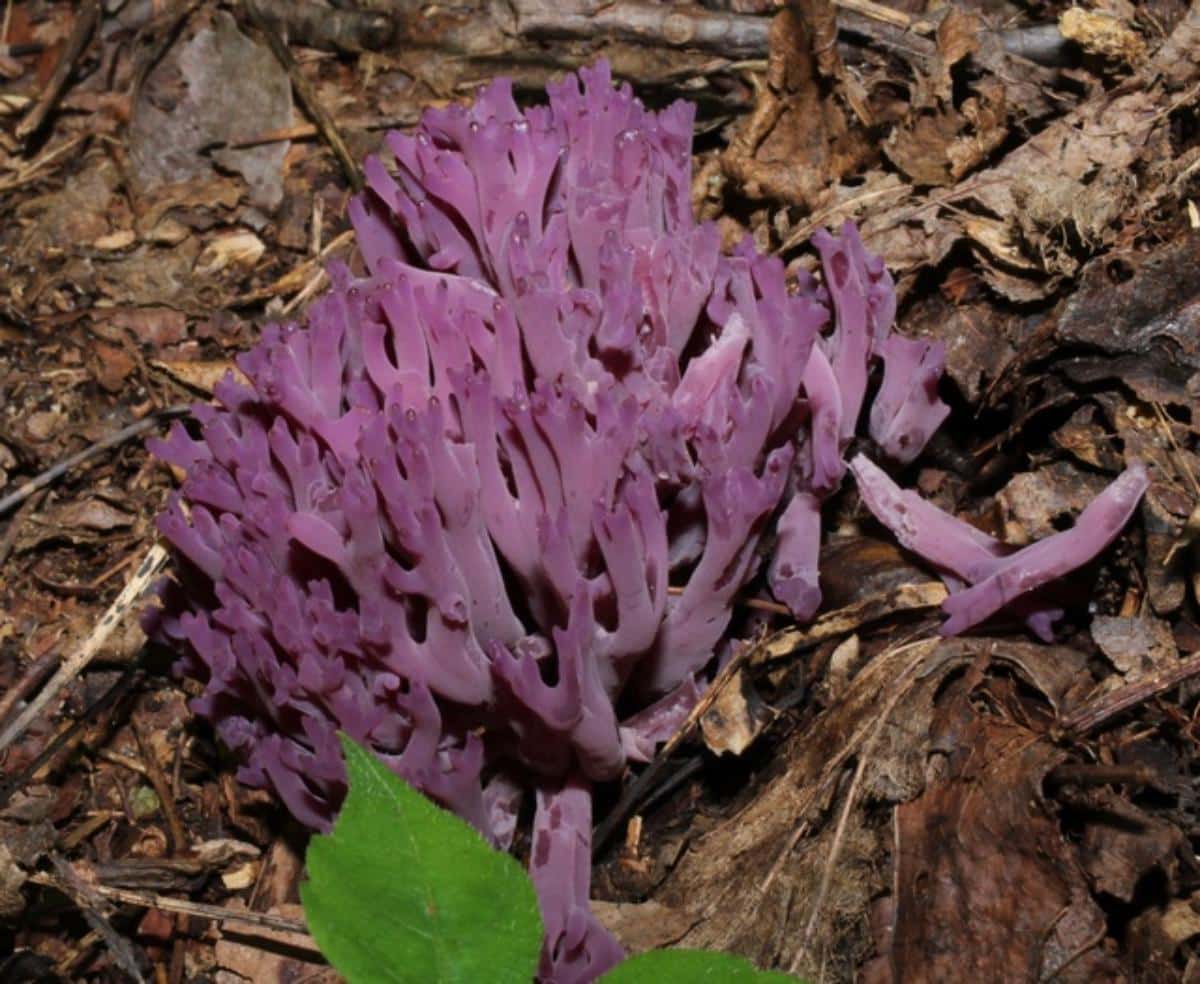
Clavulina amethystinoides
Like the violet coral, C. amethystinoides has branched coral-like spindles to set it apart from the purple club coral. Its branching varies widely, sometimes only moderately or sporadically branched. Its lavender coloring is dull, not bright, and its base is lightly velvety.
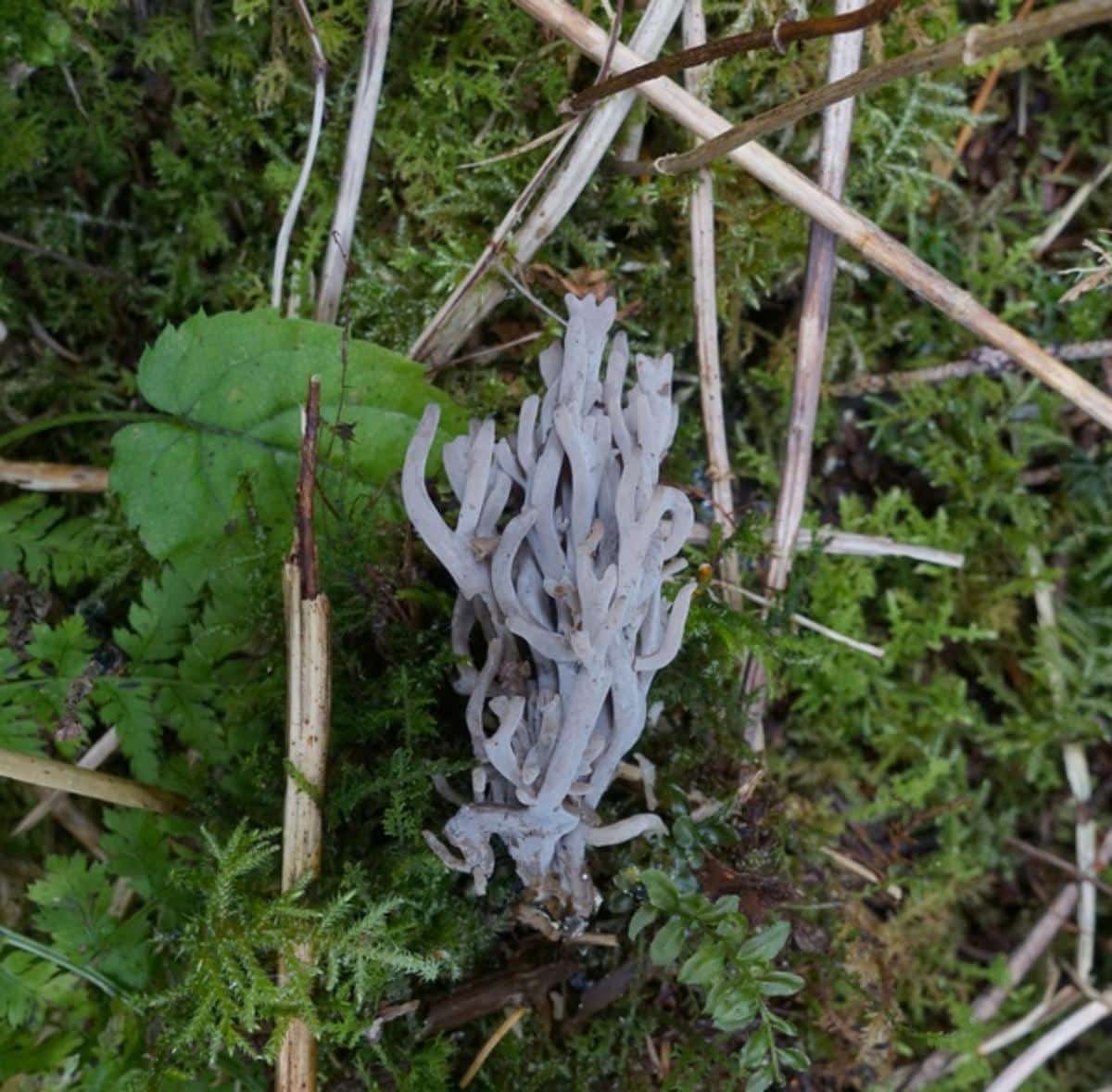
Cooking With Purple Club Coral
The purple club doesn’t have a distinctive taste or texture. It also doesn’t keep its coloring during cooking. Unless you’re interested in trying all edible mushroom species or are starving, there isn’t much reason to cook with this one. There is little culinary value.
Use this mushroom fungus to bulk up any dish, like a stir-fry, soup, casserole, or stew.
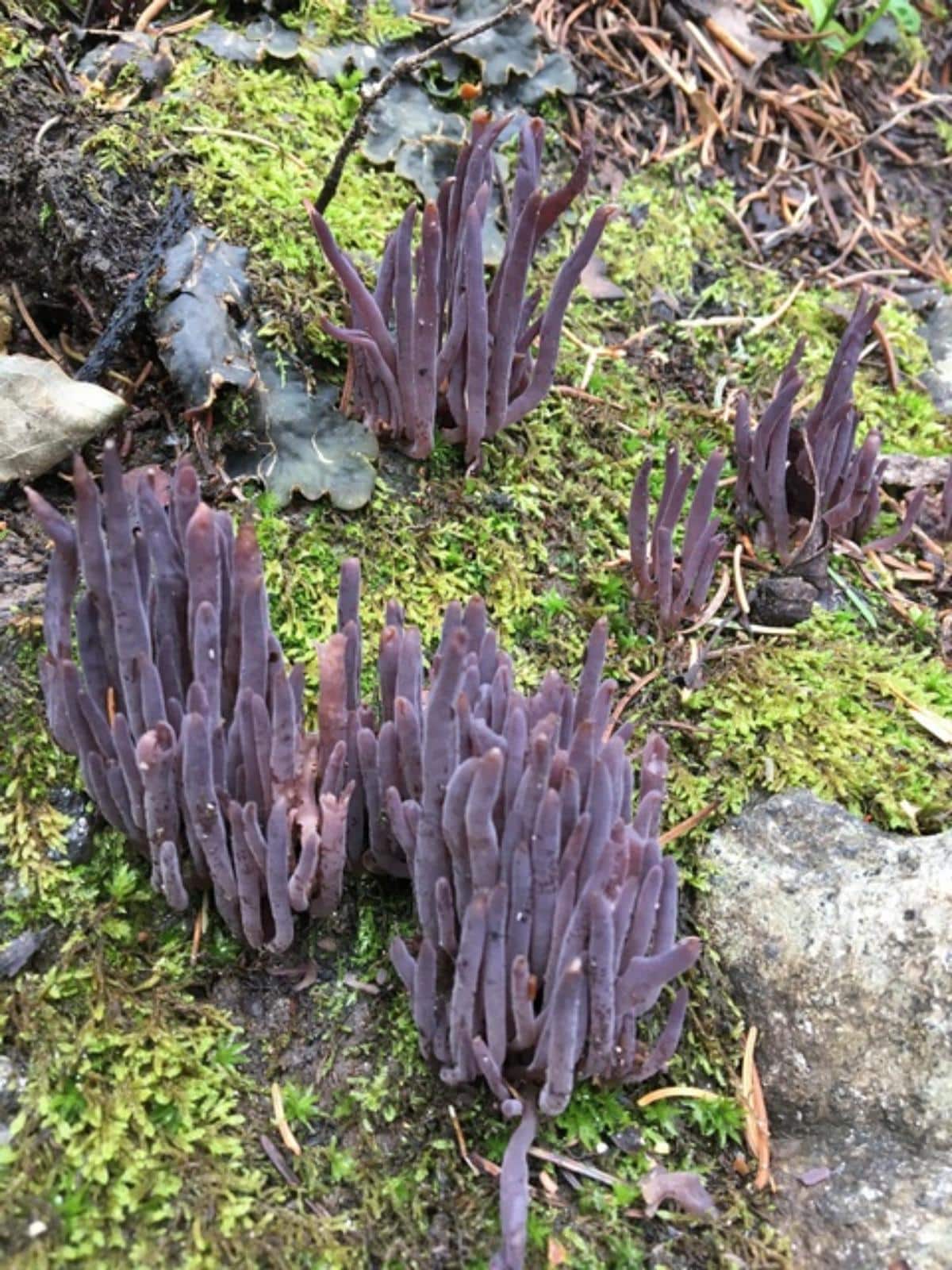
Interested in other edible mushrooms? Check out our collection of guides to edible fungi in North America.
Common Questions About The Purple Club Coral
Is purple coral fungus rare?
This fungus occurs across North America but it is not common in most areas. It is known more from the western states.
Is the purple coral club mushroom poisonous?
No. This is an edible species, but not commonly foraged due to its delicate nature and meager body.
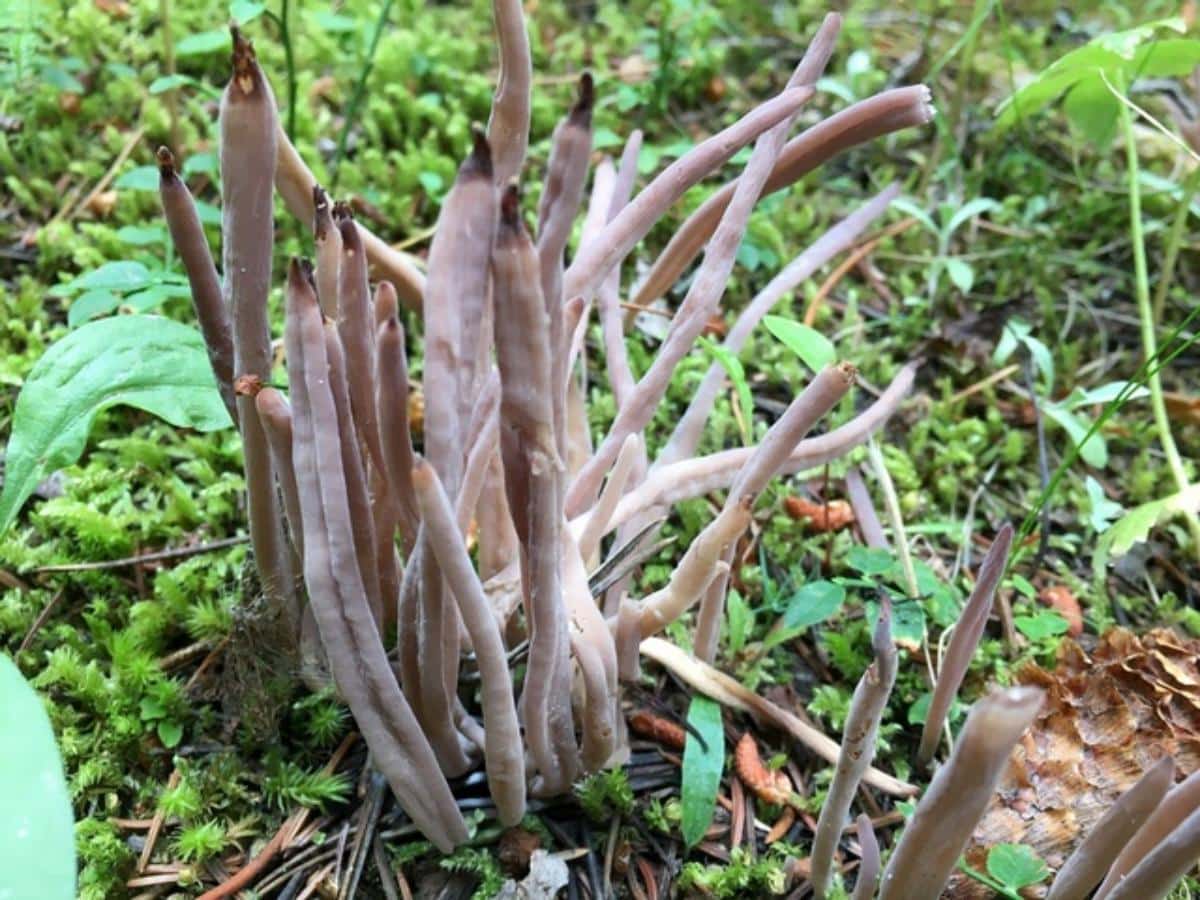


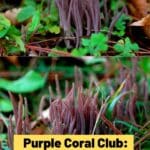
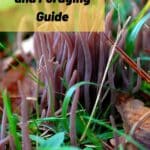


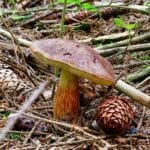
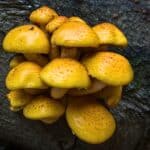
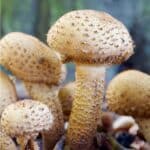
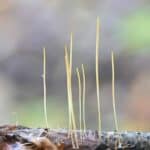
Leave a Reply